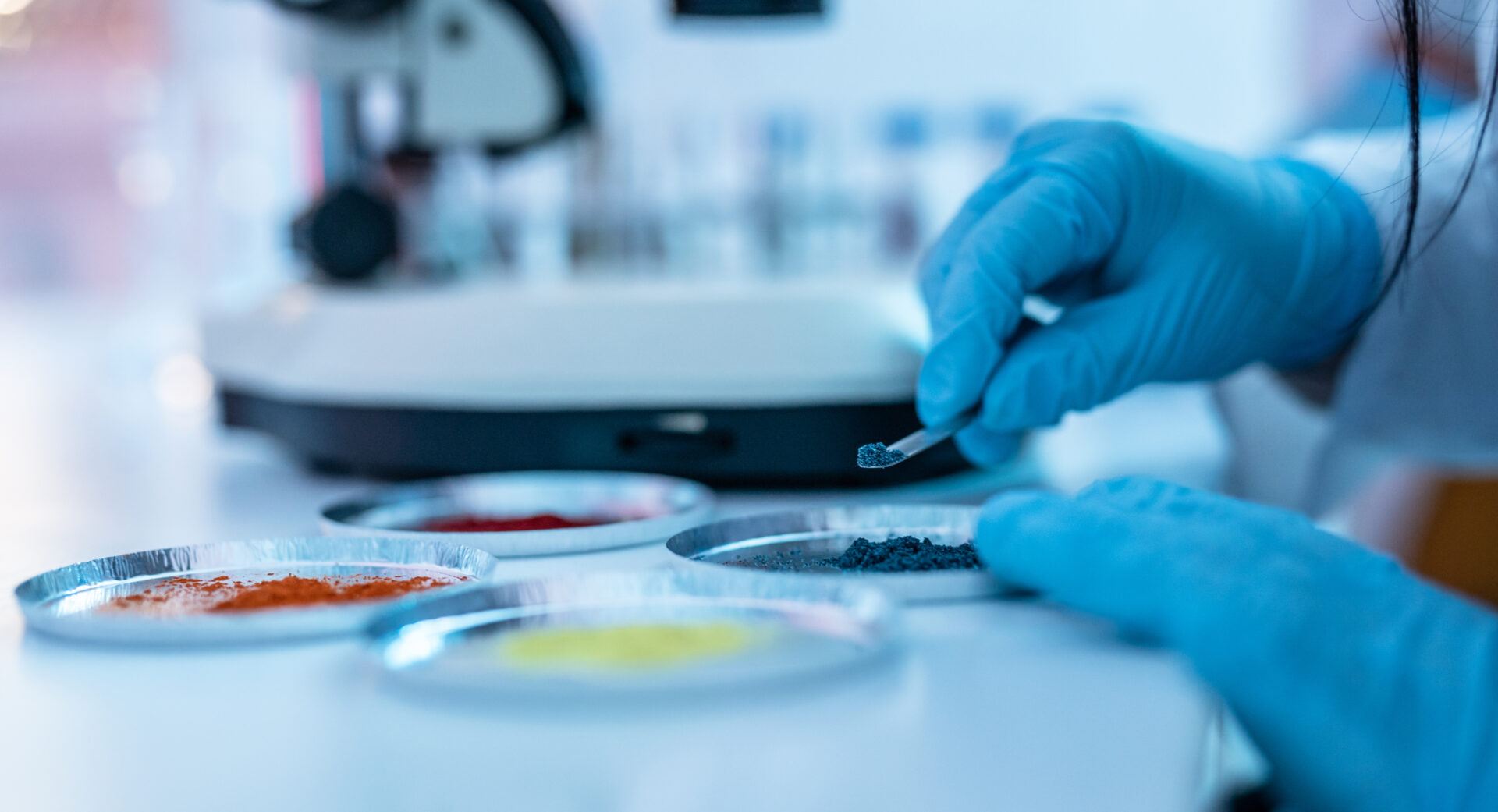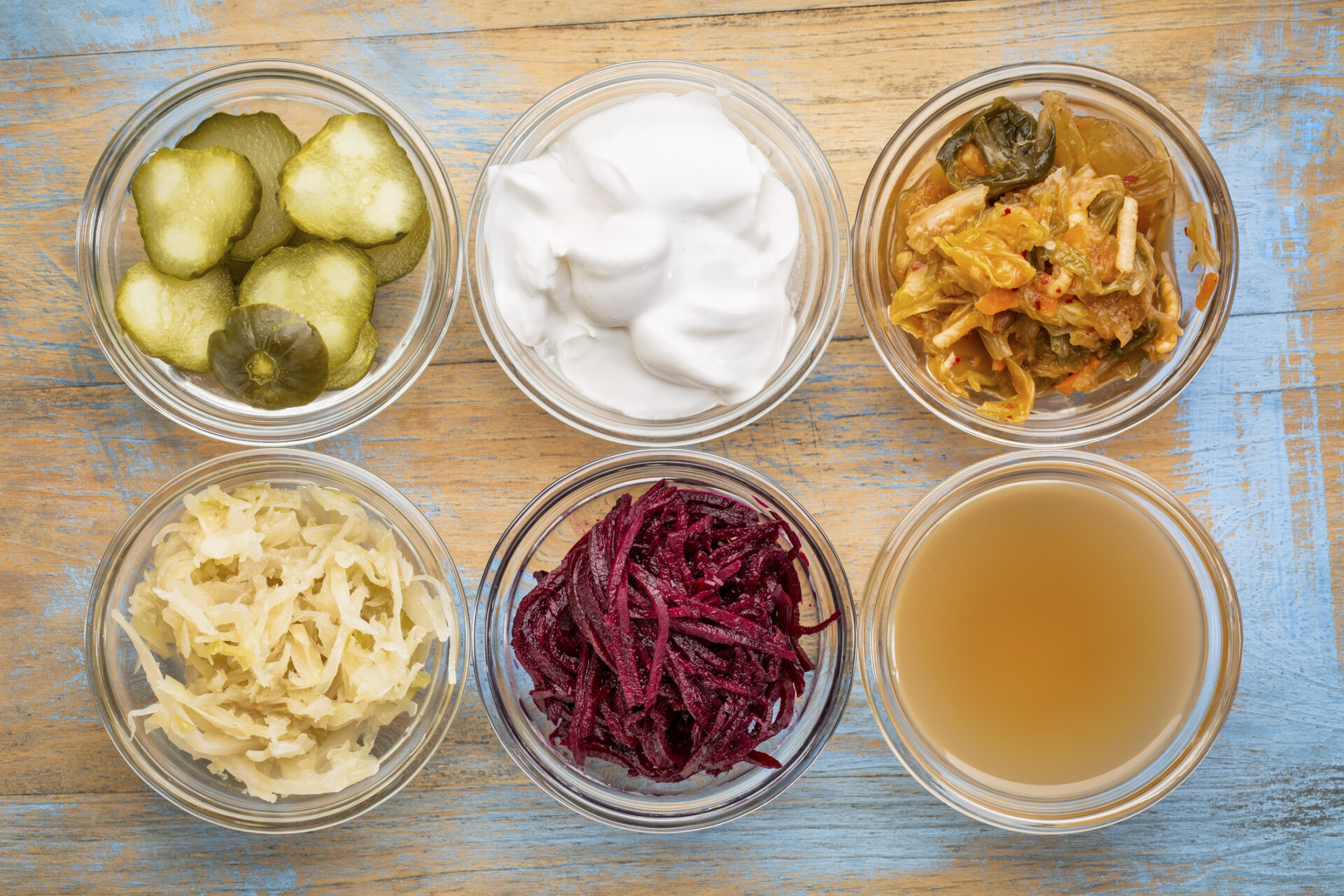Various microorganisms that occupy the digestive tract and large intestine coexist harmoniously in the human body. These organisms are referred to as resident flora and, in healthy individuals, play a vital role in cooperating in biological processes and protecting the body from other pathogenic microorganisms. In nutraceuticals and gut health, these organisms are studied and supplemented when necessary for their benefits. Terms such as probiotics and prebiotics are often used to refer to this topic, but what do they mean? What are the differences between the two terms and their respective uses? In the following article, we explore these questions in detail to understand how these elements are used in nutraceuticals.
What are probiotics?
Probiotics are a category of live microorganisms, mainly bacterial strains, which confer on the host a protective and regulating effect on the balance of intestinal flora when taken in adequate amounts. The most common probiotics belong to two categories:
- Lactobacillus: they ferment carbohydrates by developing lactic acid and are, for this reason, more commonly known as “lactic ferments.”
- Bifidobacterium: present in the resident flora, they play a protective role in the gut, resisting gastric juices and defending other pathogenic germs that may enter the body, also benefiting the immune system
Other probiotic types exist, such as yeasts of the genus Saccharomyces (or Ascomycete Fungi). These microorganisms, belonging to the yeast category, have long been used in fermentation processes. Prebiotics are supplemented through nutraceutical products to improve digestion and absorption of nutrients, strengthen the immune system, and prevent and treat certain intestinal infections.
What are prebiotics?
Unlike probiotics, prebiotics are not live microorganisms. Instead, they are water-soluble dietary fibers that the body cannot digest but still play a vital role in a balanced diet. Their purpose is to nourish the resident flora, helping it to grow and thrive and, as a result, expand all the benefits these microorganisms bring. The most common prebiotics include nonstarch polysaccharides or beta-glucans, fructooligosaccharide, soy oligosaccharides, fructans, inulins, lactitol, lactulose, lactosucrose, and pyrodextrins. By rebalancing gut flora, prebiotics can also help fight stress and normalize sleep.
What are the benefits of probiotics and prebiotics
Probiotics and prebiotics are both essential and must be present in the body to work synergistically and maintain healthy intestinal microflora. This combination can improve the overall health of the digestive tract and contribute to the body’s overall well-being.
The administration of probiotics and prebiotics can be helpful in several situations. After taking antibiotics, for example, the intestinal flora may be compromised, so restoring it through dietary supplements or other nutraceutical products that contain probiotics and prebiotics is helpful. The same is true for specific digestive disorders such as diarrhea or constipation. However, it is essential to point out that not all individuals tolerate the intake of probiotics with ease, and to ensure that no undesirable effects occur, it is best to take these substances with caution and under medical advice.

Probiotics and prebiotics: contraindications and side effects
Although probiotics and prebiotics are generally safe for most people, some exceptions exist. For example, individuals with compromised immune systems, food sensitivities, or allergies should take special care. It should be remembered that the benefits of prebiotics and probiotics are still being studied and that their intake is contraindicated in cases of irritable bowel, radiation therapies on the gastrointestinal tract, and lactose intolerance.
The side effects of probiotics and prebiotics are generally mild, but their intake can cause bloating and gas, especially concerning prebiotics as fiber. Therefore, it is essential to start with low doses and follow the directions of a healthcare professional or dietitian.
What foods are rich in probiotics and prebiotics?
Probiotics and prebiotics can also be found through the intake of various foods by consistently incorporating them into the diet. As for probiotics, these are often fermented foods such as yogurt, kefir, sauerkraut, kimchi, miso and tempeh. Prebiotics, on the other hand, are generally found in fiber-rich foods such as bananas, onions, garlic, asparagus, leeks, artichokes, and chicory root.
The distribution of probiotics and prebiotics in nutraceuticals
At Flarer, we are dedicated to the supply of high-quality ingredients for the nutraceutical industry, an area into which we have expanded after more than 30 years of experience in the pharmaceutical field. Our role is to assist nutraceutical manufacturers by sourcing active ingredients from certified and internationally recognized suppliers, including probiotics and prebiotics. We offer customized solutions to meet the specific needs of our clients, including any bureaucratic hurdles in the regulatory and non-EU transportation phase. Our mission is to ensure that our customers receive high-quality products promptly and efficiently.
Our portfolio includes a wide range of nutraceutical products for which we guarantee the highest quality and safety. For more information about our products and services, please feel free to contact us.
